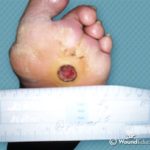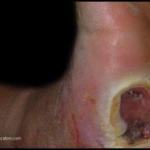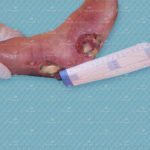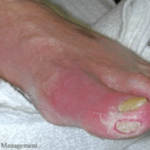The True Value of Wound Care Certification
As wound management comes out of the shadows of other therapy areas and begins to find its true place at the heart of medical practice, so the reputation associated with a higher qualification in wound care rises. Increasing numbers of wound care specialists across all levels of qualification are pursuing further education in wound care…




